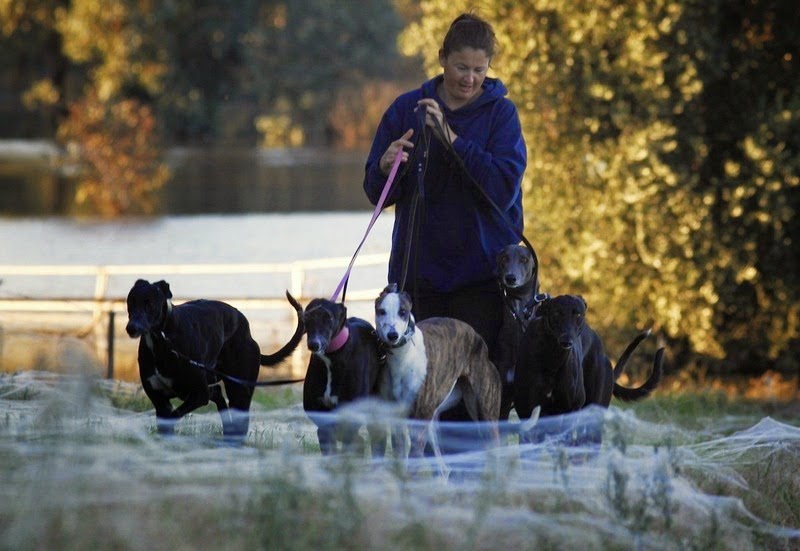During a “ballooning” event, the spiders will climb up as high as they can, stand on raised legs with its abdomen pointed upwards and release several silk threads into the air. These strands form triangular shaped parachutes that allow them to be carried away by the wind hundreds of miles to a new territory. In windless conditions, the Earth's static electric field may also provide lift.

Spider webs cover the ground in the Australian town of Goulburn.
The vast majority of these spiders die during the journey, eaten by predators or killed by harsh weather conditions. But a small fraction survive to set up a new colony. Once they land, the spiders disappear into the ground and the threads, made of protein, disintegrate until there is no evidence that anything has happened.
According to Robb Bennett, a research associate in entomology at the Royal British Columbia Museum in Victoria, it's unclear what spurs these ballooning events, though it’s sometimes associated with heavy rainfall. The astonishing spectacle usually occurs in May or August in Australia, right after rainfall. It is rare because it requires an unusual weather pattern for this time of year, which is when spiders are hatching.
Such ballooning events, however, aren't unique to Australia. They also occur in the Northern Hemisphere where ballooning spiders have been spotted in the United States and Britain.




Source
